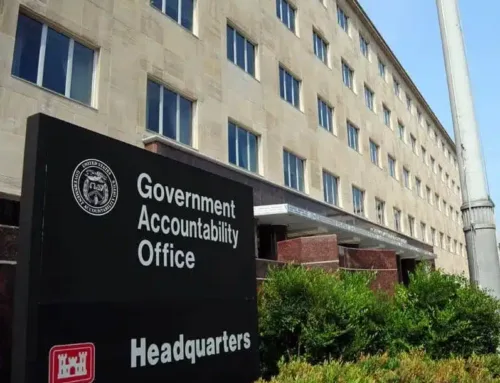The National Flood Insurance Program (NFIP) was established by Congress in 1968 in response to the increasing costs of flood-related disasters and the limited availability of private flood insurance. Before the NFIP, flood insurance was typically unavailable or prohibitively expensive for most homeowners, leaving many without adequate protection against flood damage.
Today, the NFIP faces significant challenges that undermine its effectiveness and sustainability. The program is plagued by substantial disparities in coverage, with only a small fraction of at-risk properties insured, particularly in low-income and minority communities. This imbalance leads to an overreliance on federal disaster aid, driving up costs for taxpayers, while still resulting in relatively small payments to homeowners experiencing a loss. Meanwhile, the NFIP’s pricing structure often fails to accurately reflect actual flood risks, encouraging development in high-risk areas and exacerbating losses.
A recent Congressional Budget Office report, “Flood Insurance in Communities at Risk of Flooding,” highlights these disparities in coverage. It reports that only about 8% of flood-prone properties nationwide are covered by NFIP policies, with significant variances influenced by economic and demographic factors.
The CBO found that properties in lower-income areas are notably less likely to be covered by the NFIP, whereas those in wealthier locales not only have higher coverage rates but also enjoy more premium discounts. These discounts, especially those under the Community Rating System (CRS)—a program to encourage local governments to adopt stronger floodplain management practices—are concentrated in affluent, coastal communities. In fact, areas with a high proportion of secondary residences have better NFIP coverage than those with mainly primary residences. Communities predominantly comprising Black or other racial and multiracial groups lag in NFIP coverage compared to White-majority areas.
Given these findings, here are a few reforms we need to consider for the NFIP:
Mitigation and resilience are key. Greater incentives for property owners to invest in flood mitigation measures, such as elevating buildings or improving drainage systems, can be offered through grants, low-interest loans, or additional premium discounts. Ensuring the CRS has strong mitigation requirements will incentivize communities to adopt robust floodplain management practices. Encouraging private insurers to enter the flood insurance market through regulatory reforms can introduce competitive, market-based solutions.
Broader participation is crucial. Establishing Community Disaster Resilience Zones (CDRZs) will focus resources on the most vulnerable and in-need jurisdictions. Strengthening enforcement of mandatory flood insurance in Special Flood Hazard Areas (SFHAs) will ensure higher coverage in high-risk zones, reducing reliance on federal disaster aid. Implementing means-tested assistance programs will help low-income households manage NFIP premiums, increasing program participation and spreading risk.
Risk-based pricing is also essential for fairness and sustainability. Continuing to refine and implement FEMA’s Risk Rating 2.0 will tie premiums more closely to actual flood risk and help discourage irresponsible development in high-risk areas.
Over the years, the NFIP has accumulated tens of billions of dollars in debt due to the increasing frequency and severity of flood events, coupled with inadequate premium revenues that fail to cover the payouts for flood damages. Even after $16 billion in debt was forgiven, the NFIP still faces over $20 billion in debt and annual interest payments exceeding $280 million. The lack of sufficient incentives for flood mitigation and the misalignment of premiums with actual flood risk further compound the problem. This financial strain is exacerbated by the program’s reliance on borrowing from the U.S. Treasury to meet its obligations, leading to a growing interest burden.
There have been several proposals to reauthorize NFIP before its September 30 expiration. The NFIP has not had a full reauthorization since 2012 which expired in 2017. Since then, there have 30 short-term extensions of the program. Key elements of reform should include not blocking risk-based rate increases or the continued rollout of Risk Rating 2.0. A better alternative would be to provide means-tested assistance to help low- and middle-income policyholders to afford flood insurance. Realistic rates would also enable more private insurance to enter the marketplace, increasing national coverage. Other reforms could include increasing the maximum limit for Increased Cost of Compliance (ICC) coverage to help policyholders mitigate future risk after a flood. Boosting mitigation funding and map modernization are also critical elements.
Congress must address these and other critical issues with the NFIP during its upcoming reauthorization. Without substantial reforms, such as adjusting premium rates to reflect actual flood risks and providing means-based premium assistance, the NFIP will continue to incur debt and fail to offer adequate protection. Congress must also improve flood risk mitigation efforts and update flood maps to ensure accurate risk assessment and fair premium pricing. Otherwise, the NFIP program will remain underwater.










Get Social